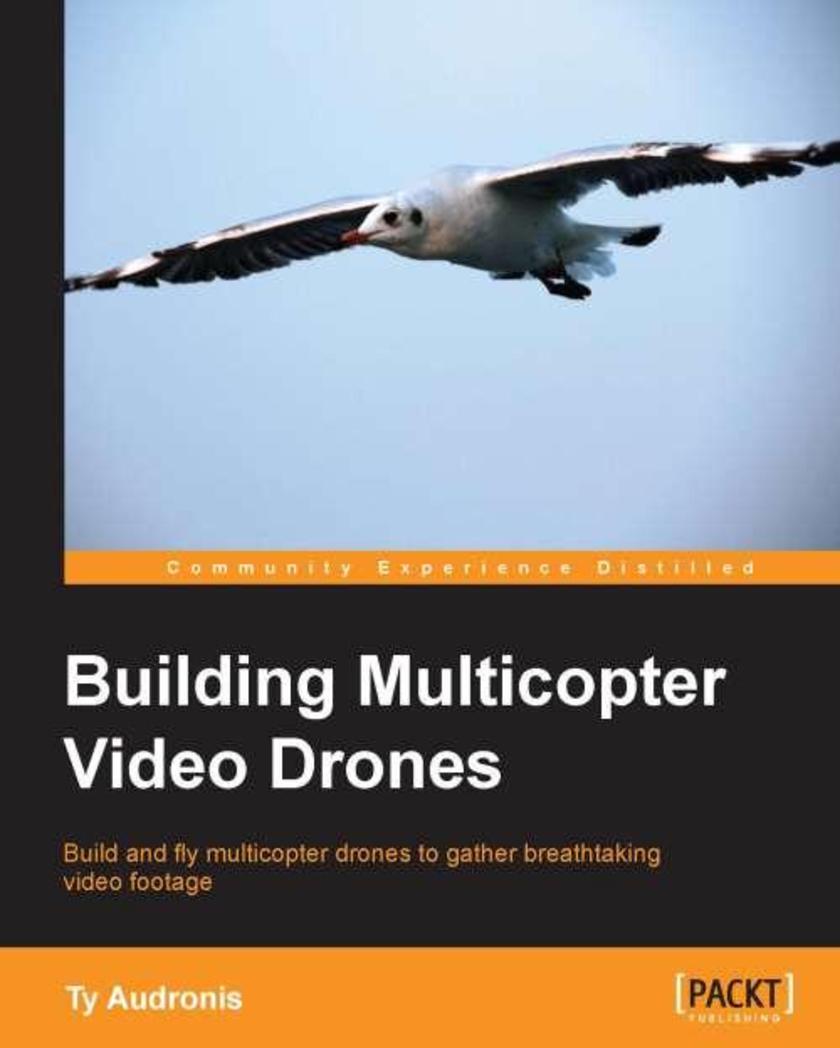
Building Multicopter Video Drones
¥54.49
This book is for a wide range of individuals who are looking to shoot aerial footage with a multicopter. No previous flying experience is assumed, but even the most expert flyers will find unexpected and interesting information.
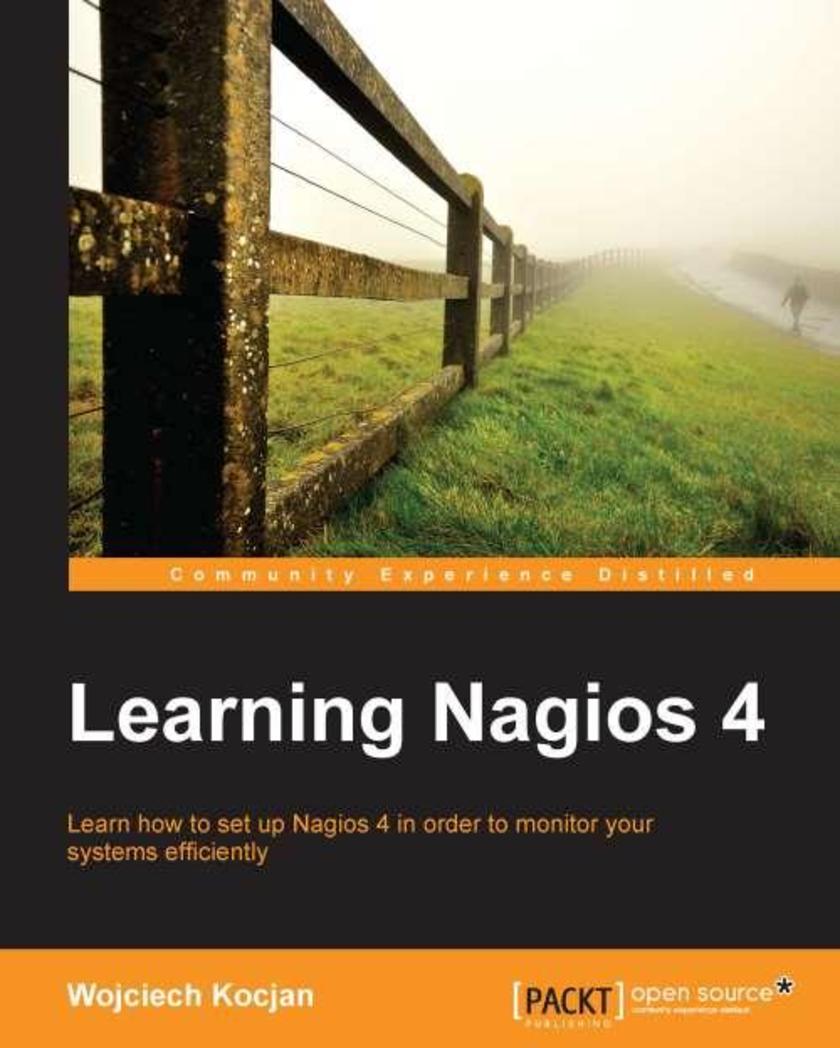
Learning Nagios 4
¥80.65
This book will introduce Nagios to readers who are interested in monitoring their systems. All the concepts in the book are explained in a simplified manner, presented in an easytounderstand language with lots of tips, tricks, and illustrations. This book is great for system administrators interested in using Nagios to monitor their systems. It will also help professionals who have already worked with earlier versions of Nagios to understand the new features of Nagios 4 and provides usable solutions to reallife problems related to Nagios administration. To effectively use this book, system administration knowledge is required. If you want to create your own plugins, knowledge of *ing languages like Perl, shell and Python is expected.

AngularJS Web Application,Development Blueprints
¥90.46
If you are a web application developer interested in using AngularJS for a real-life project, then this book is for you. As a prerequisite, knowledge of JavaScript and HTML is expected, and a working knowledge of AngularJS is preferred.
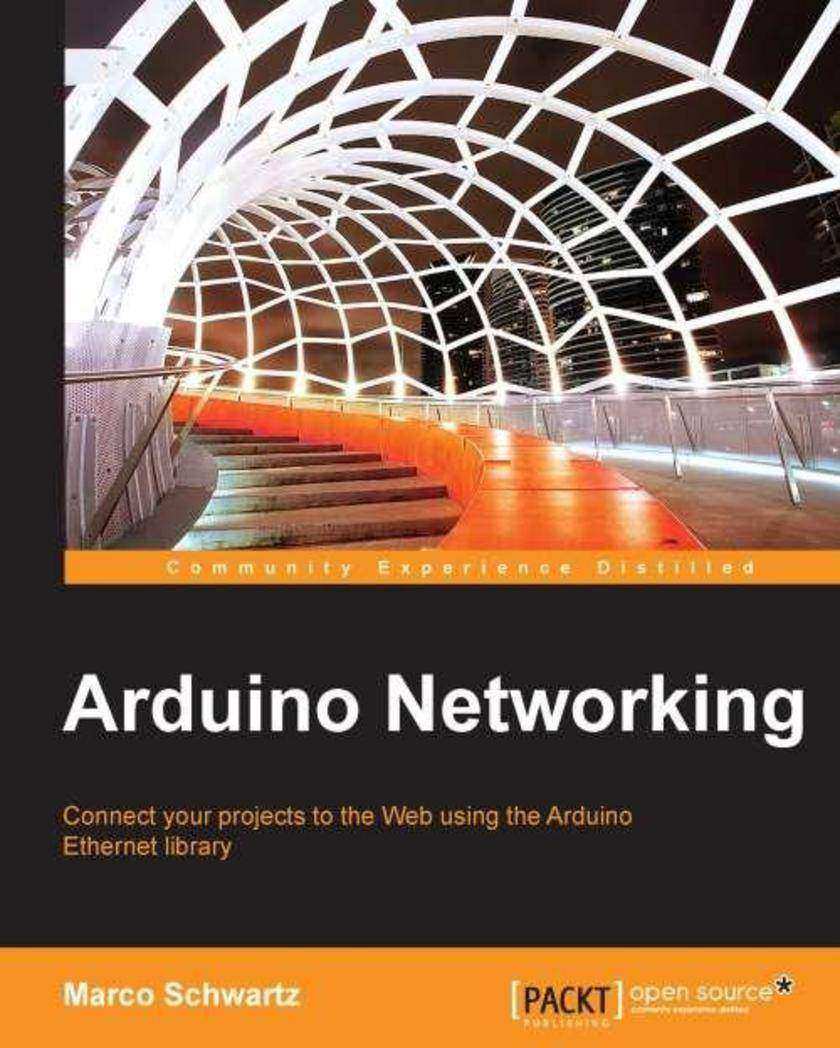
Arduino Networking
¥49.04
This book is intended for those who want to build their own network-connected projects using the Arduino platform. You will be able to build exciting projects that connect to your local network and the Web. You will need to have some basic experience in electronics and web programming languages. You will also need to know the basics of the Arduino platform as the projects mainly deal with the networking aspects of the Arduino Ethernet shield.
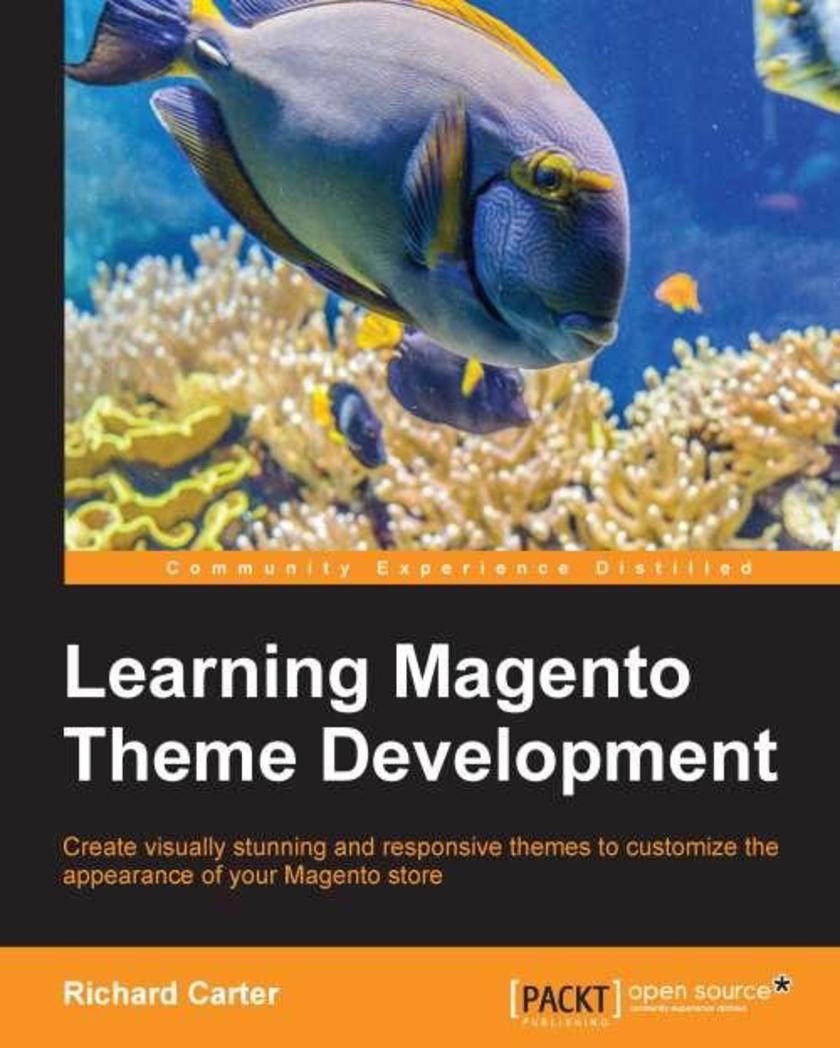
Learning Magento Theme Development
¥80.65
This book is for web designers and developers with existing knowledge of CSS, HTML, and XML, who wish to learn more about Magento-specific theming techniques. Some knowledge of PHP may be useful, but is not necessary.
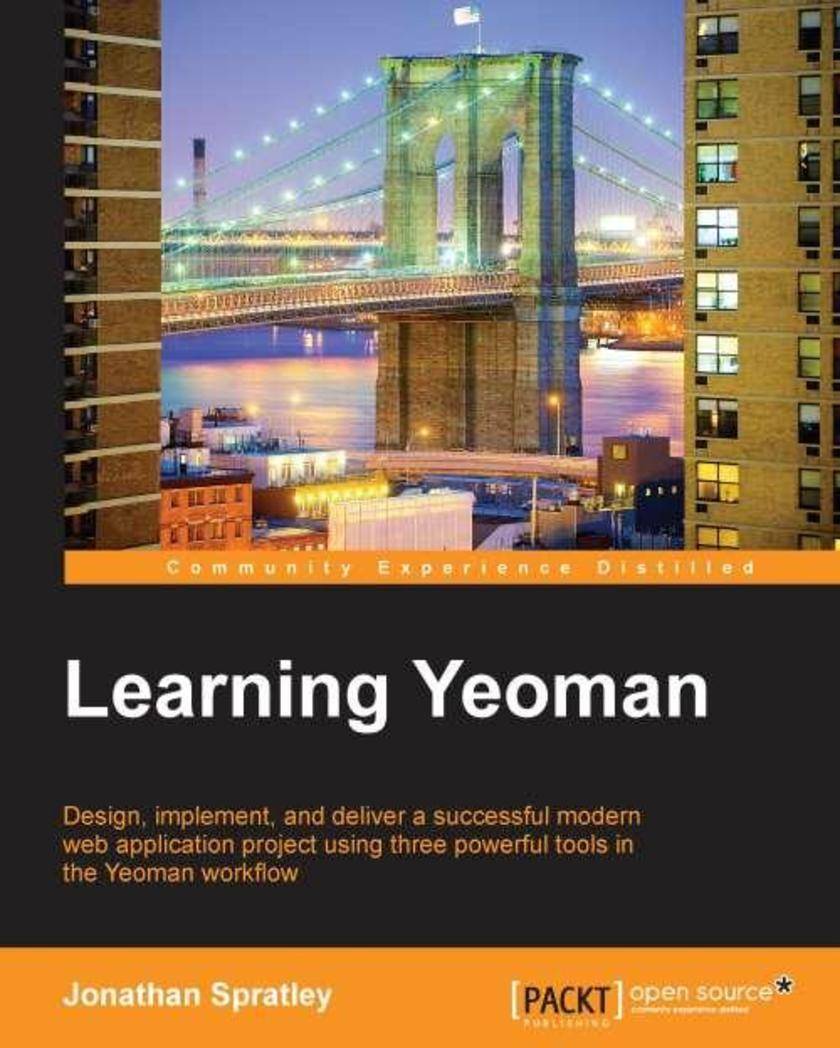
Learning Yeoman
¥86.10
If you are a web developer with some experience in JavaScript and want to enter the world of modern web applications, then this book is ideal for you. Learning how to leverage the three tools (Yo, Bower, and Grunt) in the Yeoman workflow will be perfect as your next step towards building scalable, dynamic, and modern web applications for just about any platform.
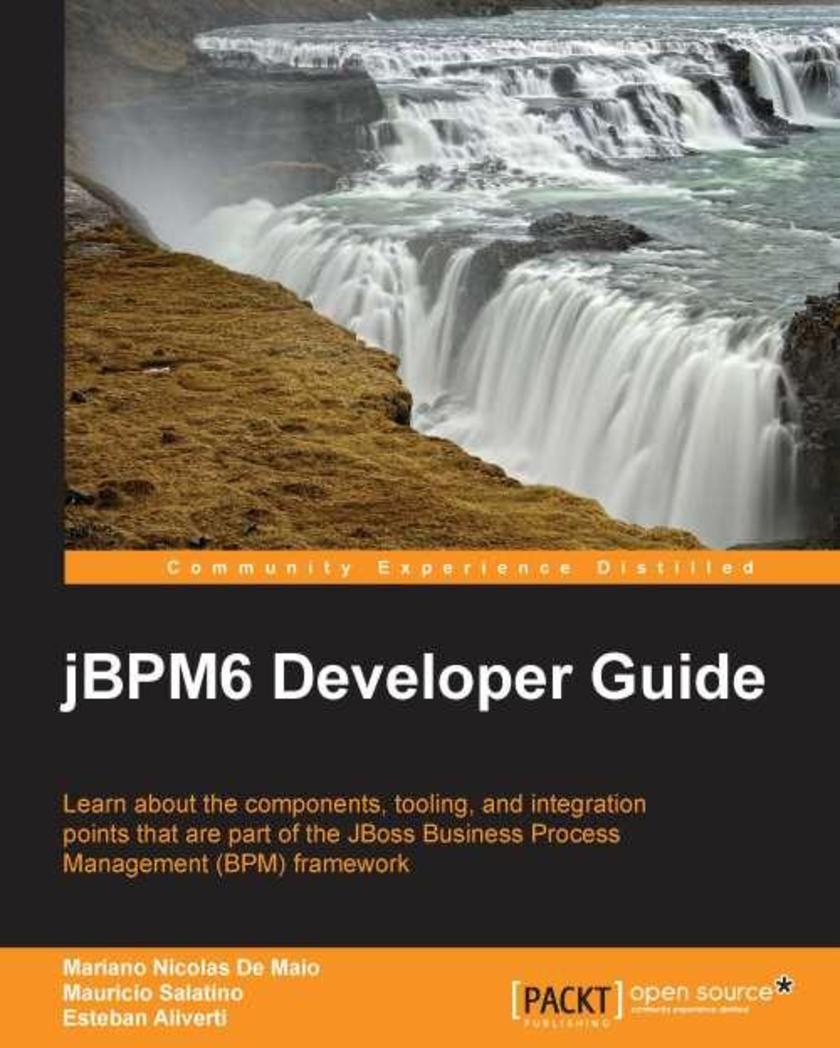
jBPM6 Developer Guide
¥90.46
If you are a Java developer or architect who needs to have a better understanding of how Business Process Management frameworks behave in real-life implementations, this book is for you. This book assumes that you know the Java language well and are familiar with some widely used frameworks such as Hibernate. You should also know the basics of relational databases and Maven-based applications.
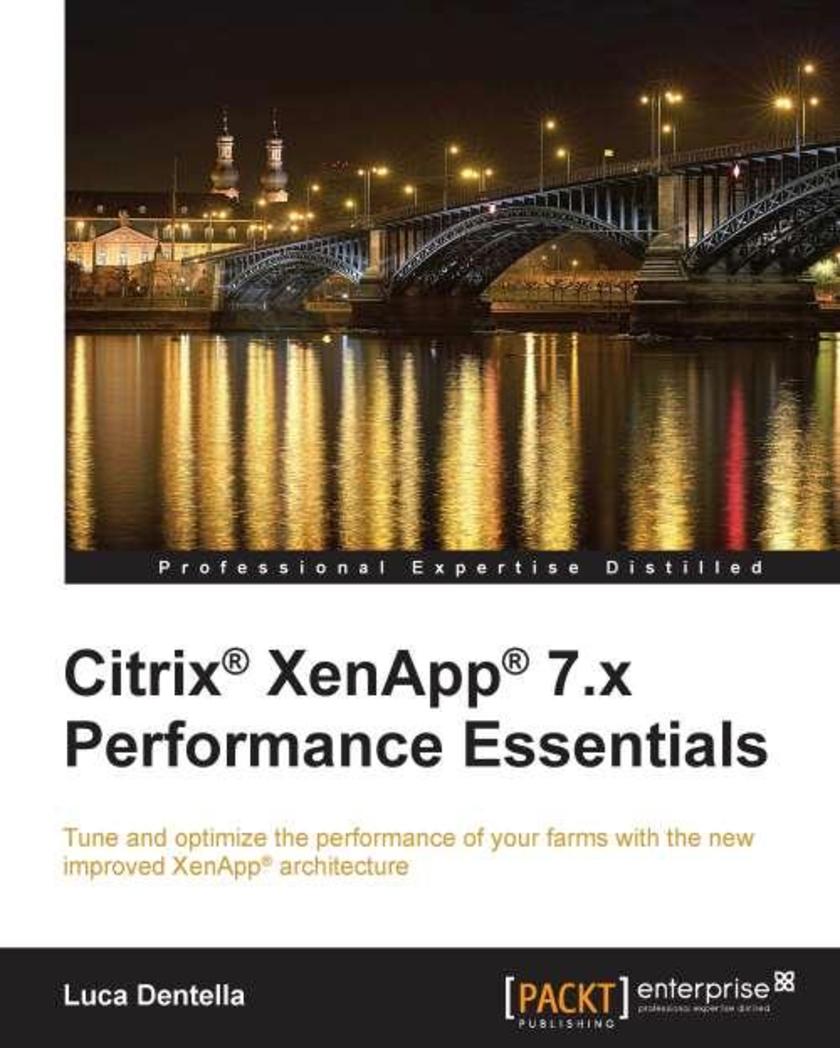
Citrix? XenApp? 7.x Performance Essentials
¥49.04
If you are an IT architect or system administrator who works with CitrixXenAppand need an agile, practical guide to tune and optimize the performance of your XenApparchitecture, this is the book for you. Citrix?, Citrix Systems?, XenApp?, XenDesktopand CloudPortalare trademarks of Citrix Systems, Inc. and/or one or more of its subsidiaries, and may be registered in the United States Patent and Trademark Office and in other countries.
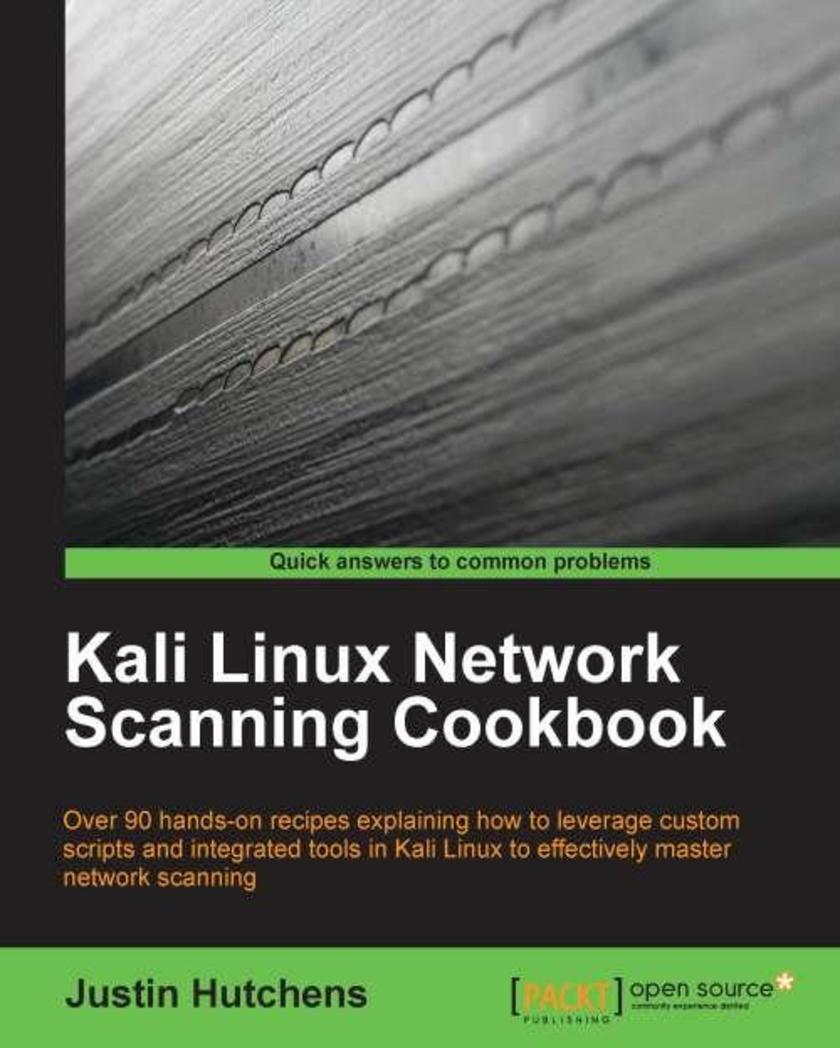
Kali Linux Network,Scanning Cookbook
¥91.55
"Kali Linux Network Scanning Cookbook" is intended for information security professionals and casual security enthusiasts alike. It will provide the foundational principles for the novice reader but will also introduce *ing techniques and in-depth analysis for the more advanced audience. Whether you are brand new to Kali Linux or a seasoned veteran, this book will aid in both understanding and ultimately mastering many of the most powerful and useful scanning techniques in the industry. It is assumed that the reader has some basic security testing experience.
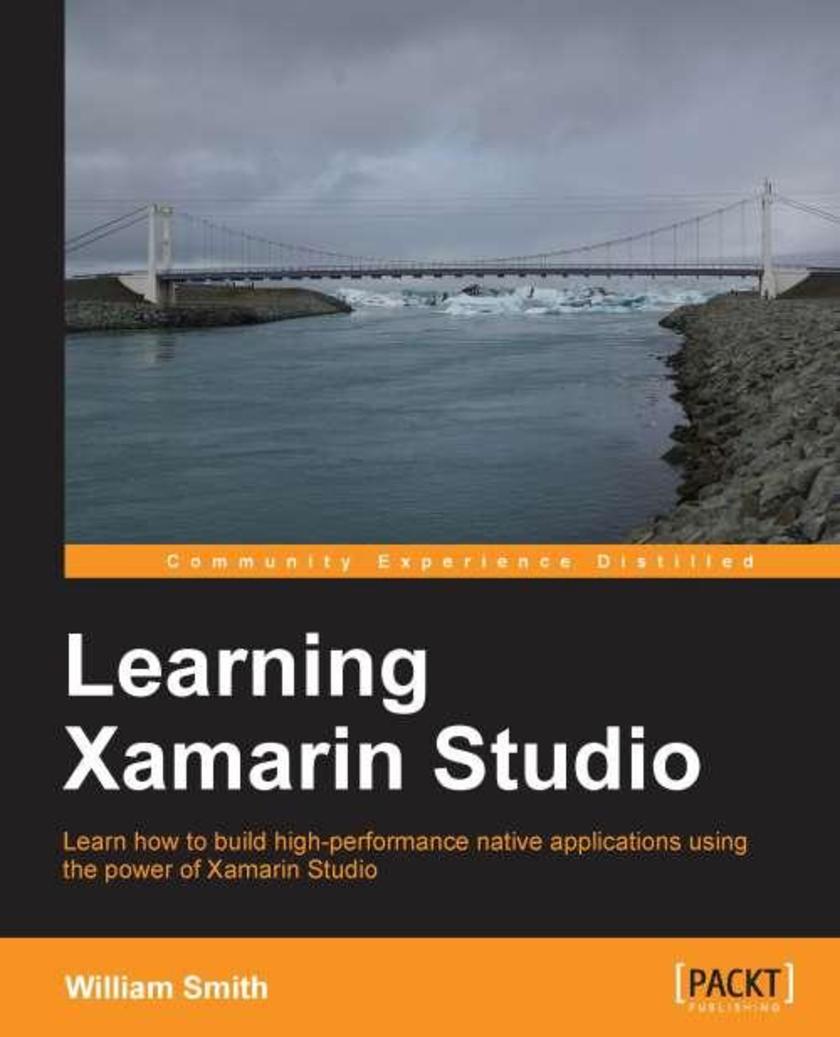
Learning Xamarin Studio
¥71.93
This book is intended for .NET developers with any level of experience and who are interested in building native applications without the hassle of becoming Objective-C or Java experts. Although it will be beneficial to have some development experience, particularly in .NET, Learning Xamarin help even a novice developer get past the headaches of setting up and customizing their new development environment so they can move on to producing high-quality native applications quickly.

Arduino Robotics Projects
¥80.65
This book is for anyone who has been curious about using Arduino to create robotic projects that were previously the domain of research labs of major universities or defense departments. Some programming background is useful, but if you know how to use a PC, you can, with the aid of the step-by-step instructions in this book, construct complex robotic projects that can roll, walk, swim, or fly.
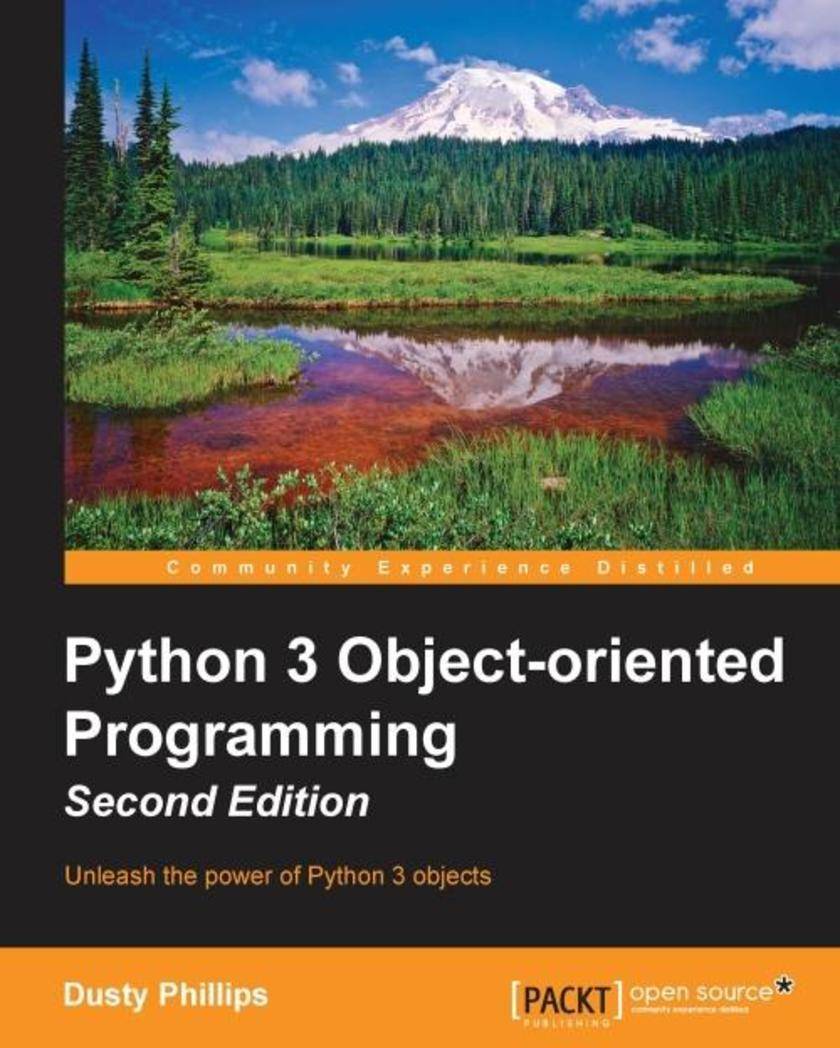
Python 3 Object-oriented Programming - Second Edition
¥90.46
If you're new to object-oriented programming techniques, or if you have basic Python skills and wish to learn in depth when to correctly apply object-oriented programming in Python to design software, this is the book for you.
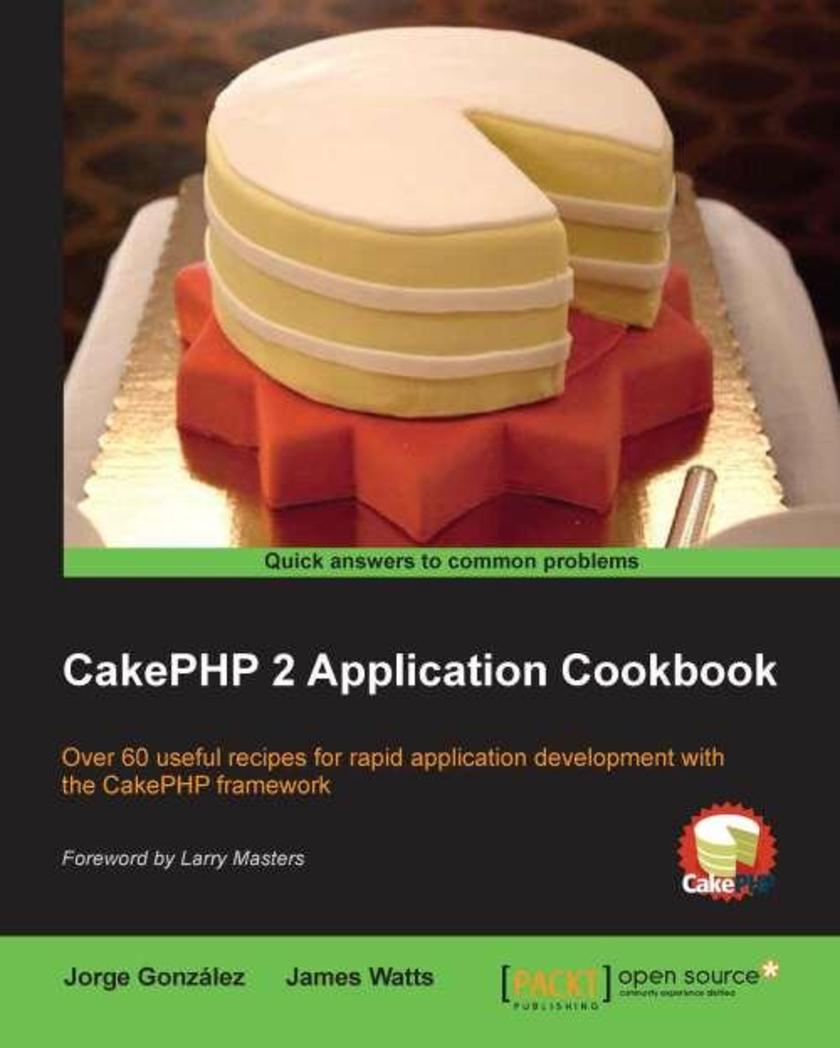
CakePHP 2 Application Cookbook
¥90.46
If you are a CakePHP developer looking to ease the burden of development, then this book is for you. As a headfirst dive into the framework, this collection of recipes will help you get the most out of CakePHP, and get your applications baked in no time. Even if you're not familiar with the framework, we'll take you from basic CRUD building to useful solutions that will aid in getting the job done quickly and efficiently.

jMonkeyEngine 3.0 Cookbook
¥71.93
If you are a jMonkey developer or a Java developer who is interested to delve further into the game making process to expand your skillset and create more technical games, then this book is perfect for you.
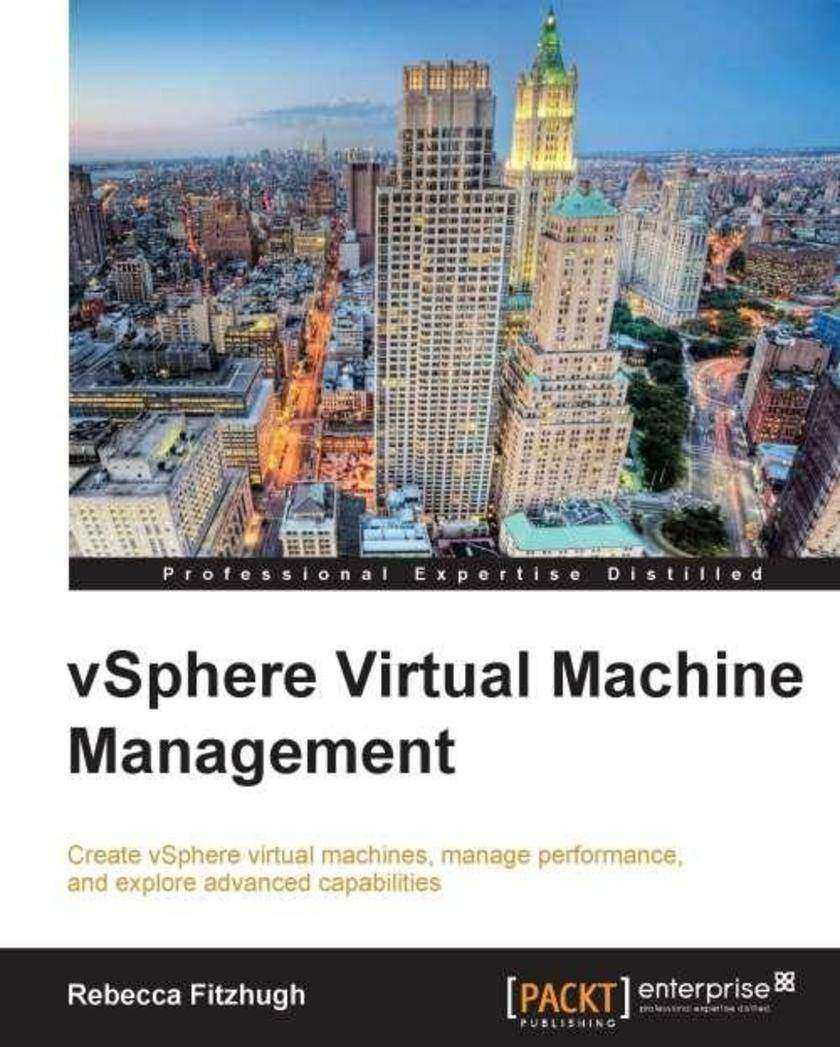
vSphere Virtual Machine Management
¥107.90
This book follows a stepbystep tutorial approach with some realworld scenarios that vSphere businesses will be required to overcome every day. This book also discusses creating and configuring virtual machines and also covers monitoring virtual machine performance and resource allocation options. This book is for VMware administrators who want to build their knowledge of virtual machine administration and configuration. It’s assumed that you have some experience with virtualization administration and vSphere.
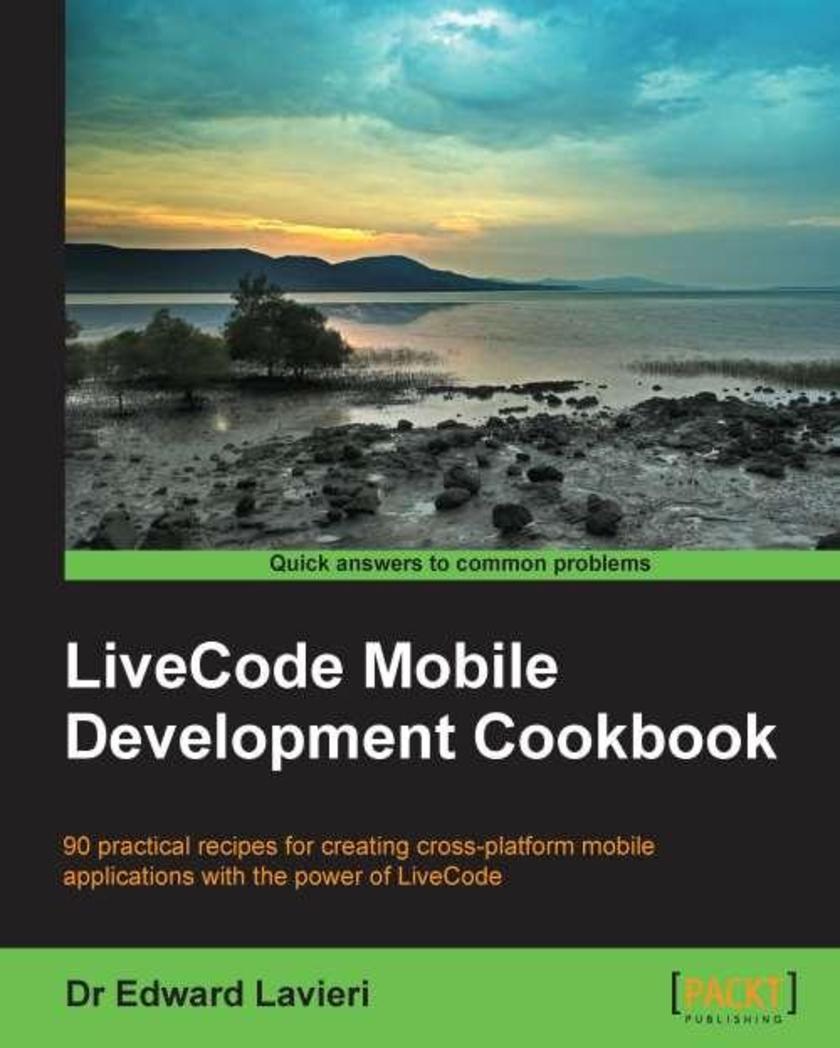
LiveCode Mobile Development Cookbook
¥90.46
If you are a LiveCode mobile developer looking to improve your existing skills, add efficiencies to your code, or want a better understanding of LiveCode’s capabilities, then LiveCode Mobile Development Cookbook is a must-have for you. The reader should at least have a basic understanding of LiveCode and mobile application development.
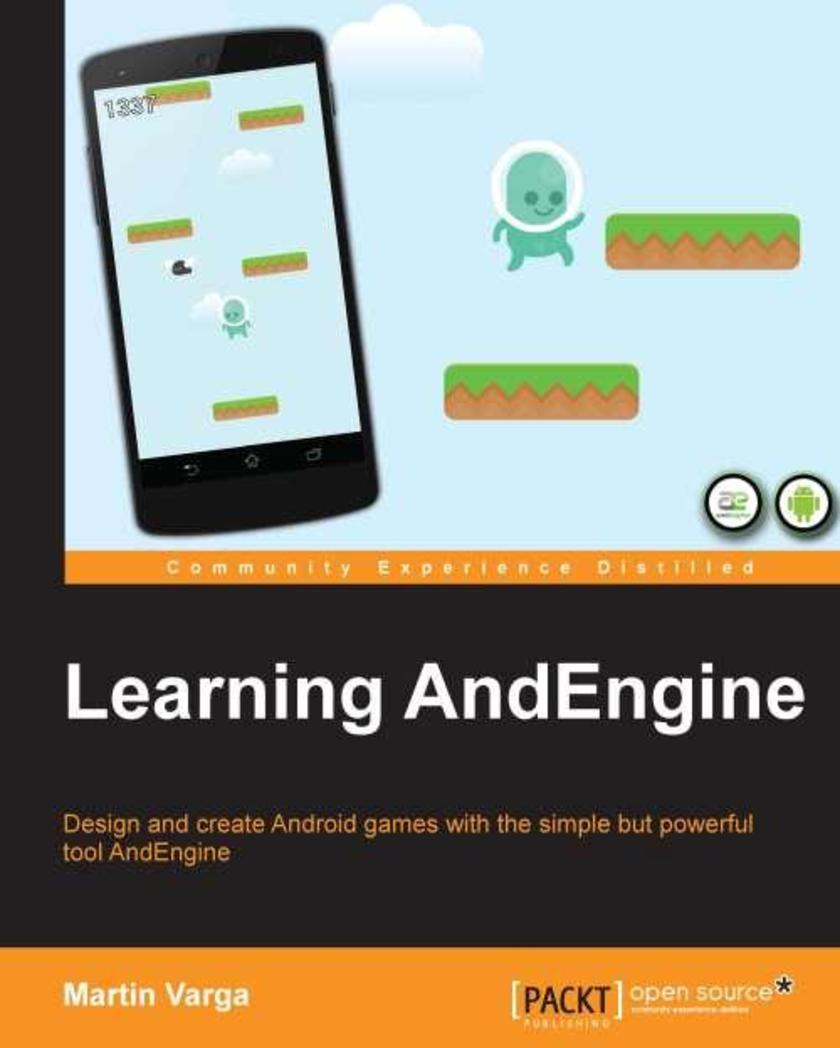
Learning AndEngine
¥71.93
If you are a beginner to AndEngine, or mobile game development in general, and you are looking for a simple way to start making games for Android, this book is for you. You should already know the basics of Java programming, but no previous game development experience is required.

Node.js High Performance
¥54.49
This book is for Node.js developers who want a more in-depth knowledge of the platform to improve the performance of their applications. Whether you have a base Node.js background or you are an expert who knows the garbage collector and wants to leverage it to make applications more robust, the examples in this book will benefit you.
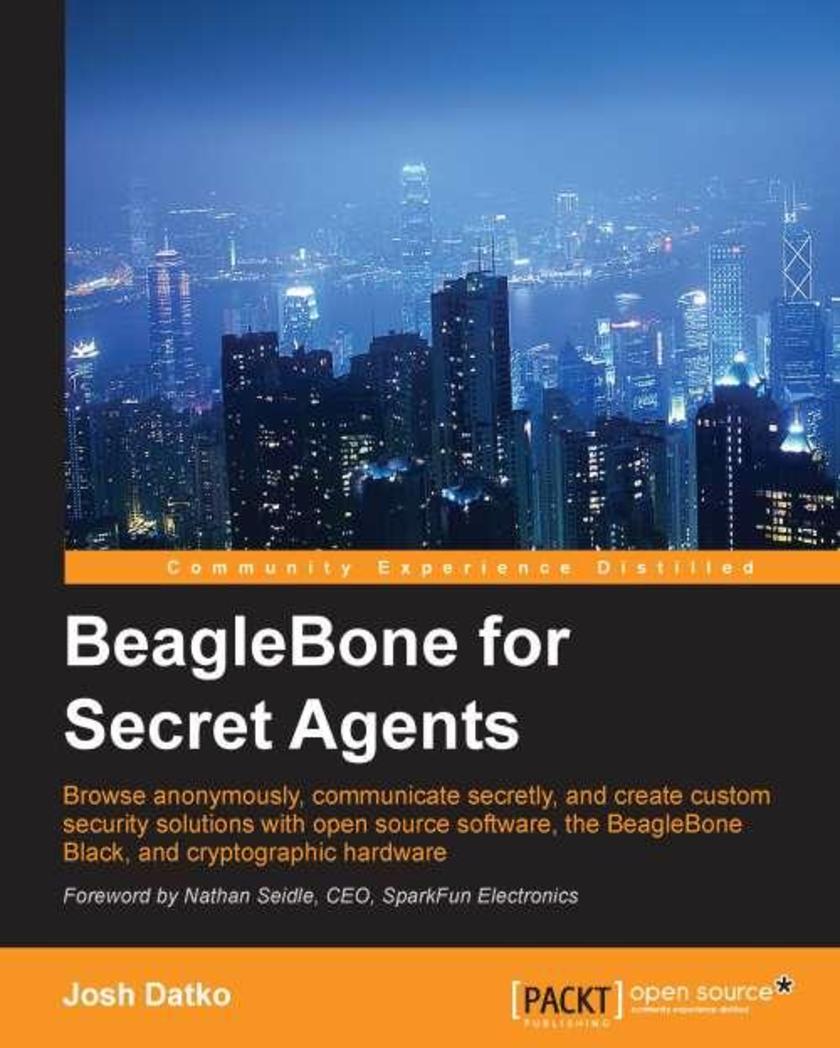
BeagleBone for Secret Agents
¥45.77
If you have some experience with the BeagleBone or similar embedded systems and want to learn more about security and privacy, this book is for you. Alternatively, if you have a security and privacy background and want to learn more about embedded development, this book is for you. You should have some familiarity with Linux systems and with the C and Python programming languages.

MariaDB High Performance
¥80.65
This book is aimed at system administrators/architects or DBAs who want to learn more about how to grow their current infrastructure to support larger traffic. Before beginning with this book, we expect you to be well-practiced with MySQL/MariaDB for common usage. You will be able to get a grasp quickly if you are comfortable with learning and building large infrastructures for MariaDB using Linux.
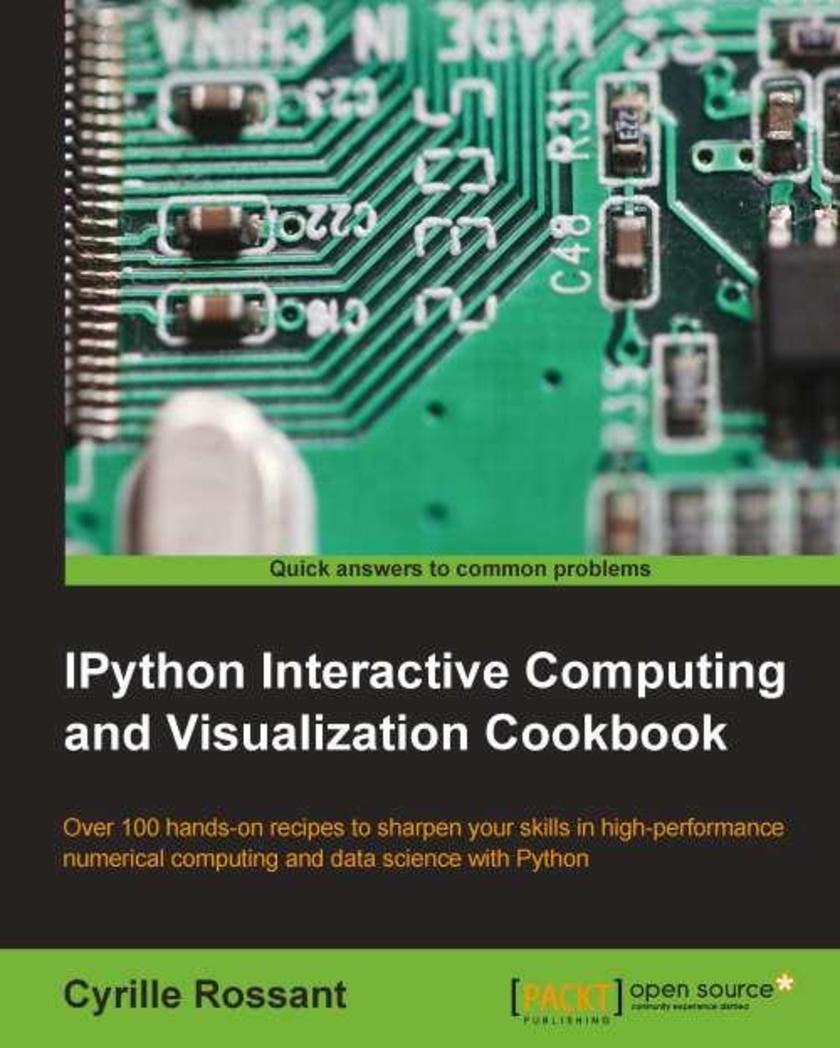
Ipython Interactive Computing and Visualization Cookbook
¥90.46
Intended to anyone interested in numerical computing and data science: students, researchers, teachers, engineers, analysts, hobbyists... Basic knowledge of Python/NumPy is recommended. Some skills in mathematics will help you understand the theory behind the computational methods.




 购物车
购物车 个人中心
个人中心



